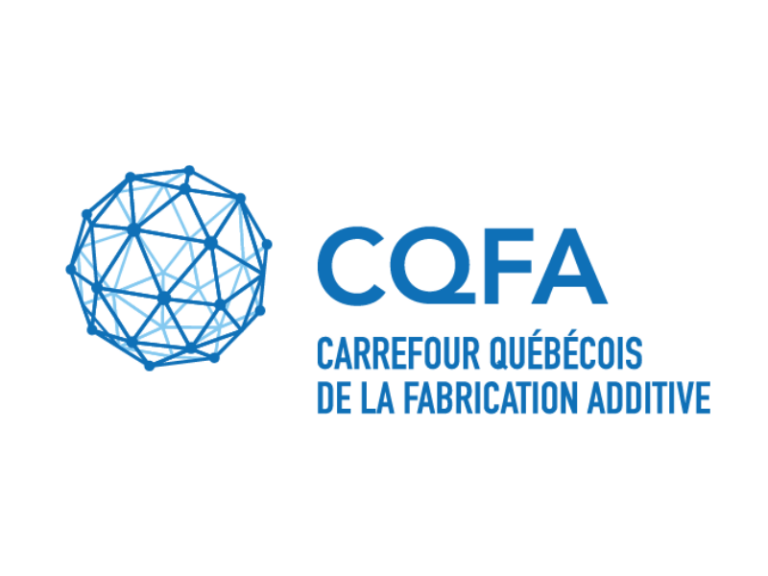
2024/07/11
Process Optimization and Distortion Prediction in Directed Energy Deposition
Hammouda, A.; Mrad, H.; Marouani, H.; Frikha, A.; Belem, T. (2024). Process Optimization and Distortion Prediction in Directed Energy Deposition. (2024). Journal of Manufacturing and Materials Processing. (2024). 8(3), 116.
Directed energy deposition (DED), a form of additive manufacturing (AM), is gaining traction for its ability to produce complex metal parts with precise geometries. However, defects like distortion, residual stresses, and porosity can compromise part quality, leading to rejection. This research addresses this challenge by emphasizing the importance of monitoring process parameters (overlayer distance, powder feed rate, and laser path/power/spot size) to achieve desired mechanical properties. To improve DED quality and reliability, a numerical approach is presented and compared with an experimental work. The parametric finite element model and predictive methods are used to quantify and control material behavior, focusing on minimizing residual stresses and distortions. Numerical simulations using the Abaqus software 2022 are validated against experimental results to predict distortion and residual stresses. A coupled thermomechanical analysis model is employed to understand the impact of thermal distribution on the mechanical responses of the parts. Finally, new strategies based on laser scan trajectory and power are proposed to reduce residual stresses and distortions, ultimately enhancing the quality and reliability of DED-manufactured parts.
Other news
-
Process Optimization and Distortion Prediction in Directed Energy Deposition
2024/07/11
Directed energy deposition (DED) is gaining traction for its ability to produce complex metal parts with precise geometries. However, defects like distortion, residual stresses, and porosity can compromise part quality, leading to rejection. This research addresses this challenge by emphasizing the importance of monitoring process parameters. Keywords: Additive manufacturing – DED – Résidual Stress – Finite element method – Distorsion - Scientific publication.